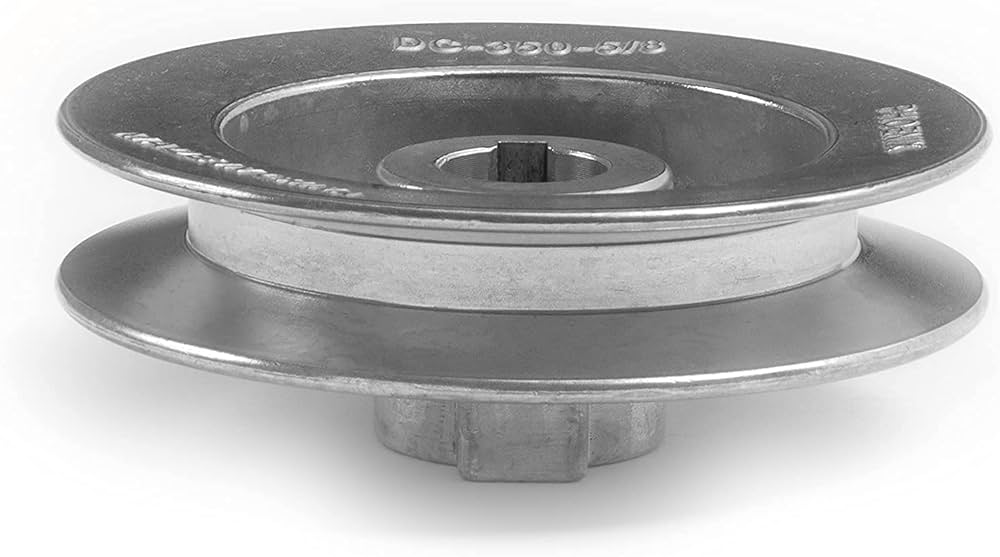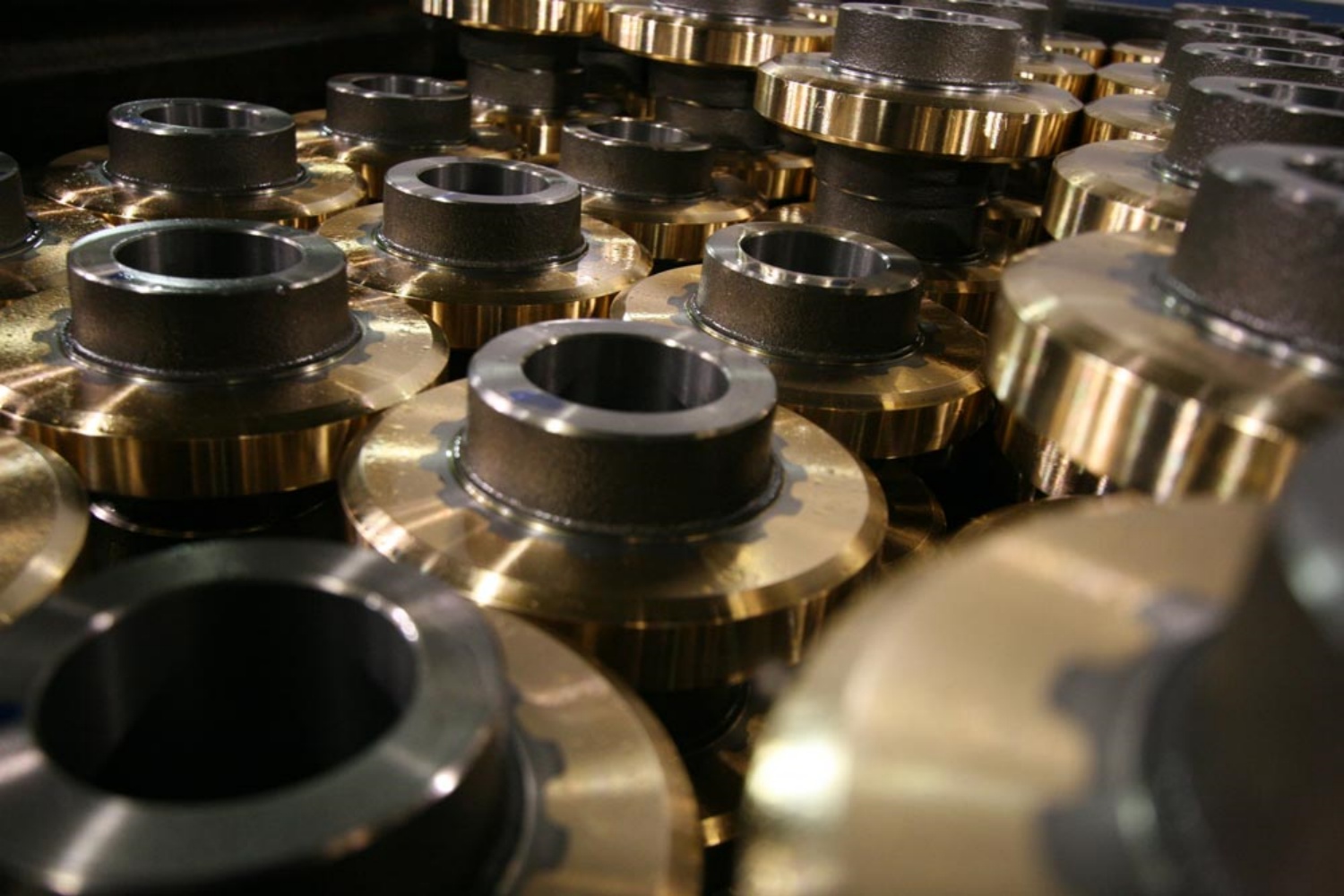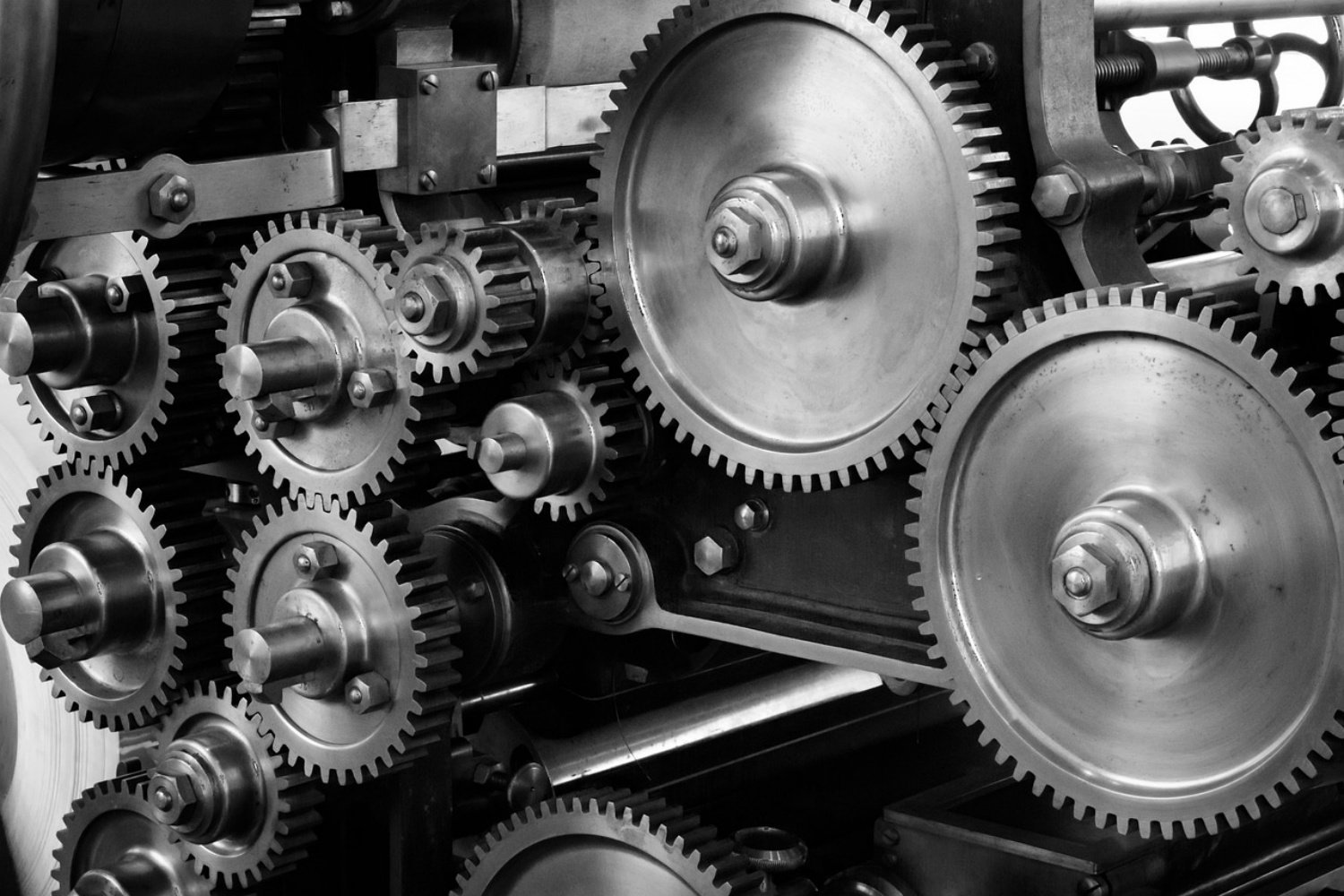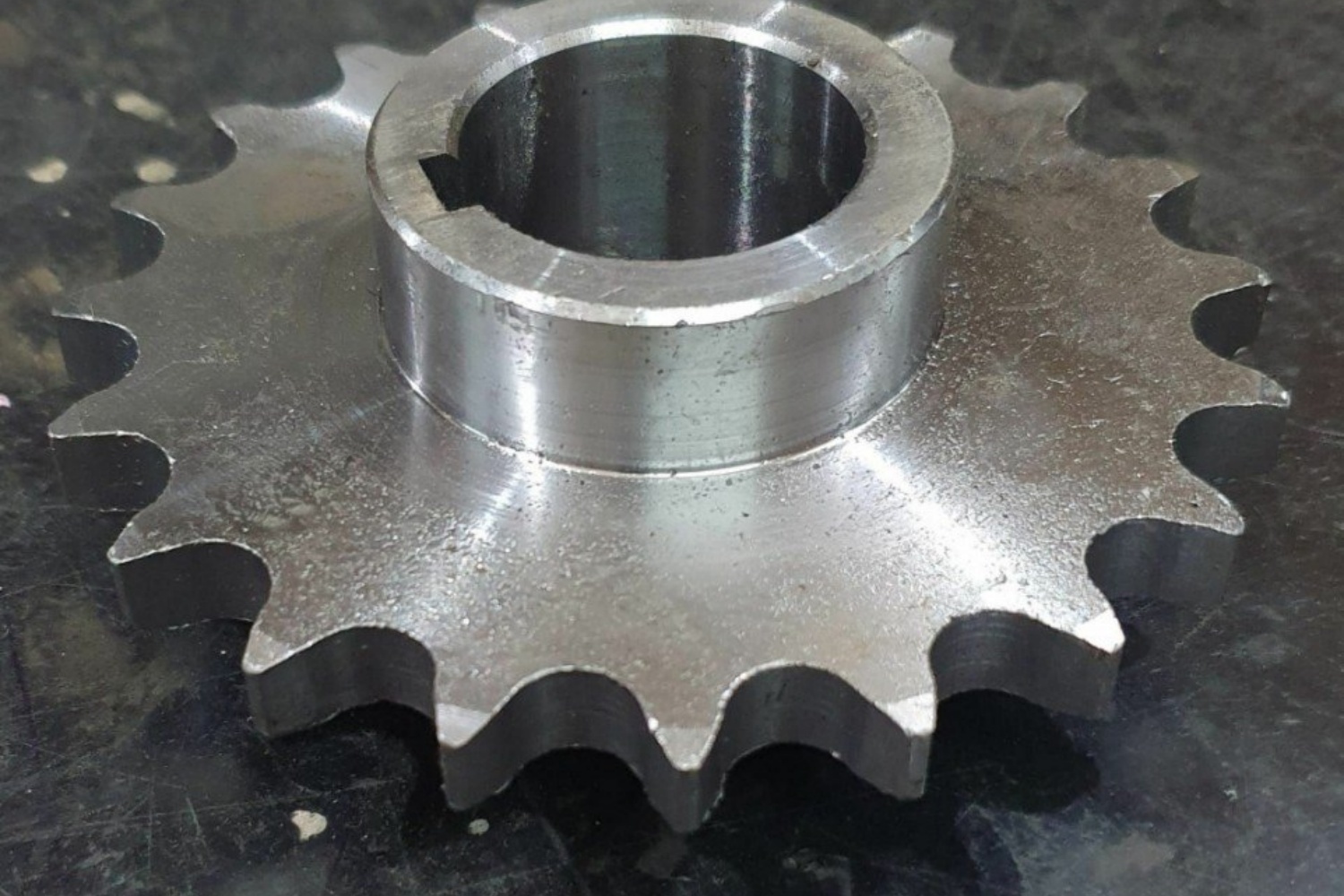V-belt pulleys play a crucial role in electric motor systems, providing the necessary power transmission to drive various machinery and equipment. Selecting the correct size of the V-belt pulley is paramount to ensure optimal performance and efficiency in electric motor applications.
Understanding V-Belt Pulley Sizing
V-belt pulleys are available in different sizes, each denoted by its diameter and groove specifications. When choosing the right size, several factors come into play, including the speed ratio, motor RPM, and the desired output speed of the driven equipment.
Factors Influencing Size Selection
- Speed Ratio: The speed ratio between the electric motor and the driven equipment determines the size ratio between the pulleys. Calculating this ratio helps in choosing the appropriate pulley sizes to achieve the desired output speed.
- Motor RPM: The rotational speed of the motor, measured in revolutions per minute (RPM), affects the selection of pulley sizes. Higher motor RPM may require smaller pulleys to transmit power effectively.
- Load Requirements: The load demands of the machinery or equipment being driven by the motor also influence pulley size selection. Heavy loads might necessitate larger pulleys for increased torque transmission.
Calculation and Selection Process
- Determine Speed Ratio: Calculate the required speed ratio between the motor and driven equipment based on the application’s needs.
- Identify Motor RPM: Obtain the motor’s RPM specification to understand the input speed.
- Consider Belt Type and Width: Different V-belt widths and types can affect power transmission. Choose the appropriate belt width for the selected pulley size.
- Calculate Pulley Diameters: Use the speed ratio and motor RPM to compute the diameters of the driver and driven pulleys.
- Choose the Right Size: Based on calculations, select the pulley sizes that align with the desired speed ratio and load requirements.
Optimizing Efficiency and Performance
Selecting the correct V-belt pulley size is crucial for optimizing system efficiency and performance. An accurately sized pulley system minimizes slippage, reduces wear on belts, and ensures smooth power transmission.
Choosing the right V-belt pulley size for electric motor applications requires careful consideration of various factors like speed ratios, motor RPM, and load requirements. Accurate sizing enhances the overall efficiency, longevity, and performance of the system, ensuring seamless power transmission in industrial and commercial settings.
More:Innovations in Chain Coupling Design: Meeting Modern Industry Demands
CONTINUE READING
Related Posts
In the ever-evolving world of industrial machinery, the quest for components that enhance performance, durability, and efficiency is relentless. Among […]
In the vast field of industrial machinery, the importance of specific components can sometimes be overshadowed by the complexities of […]
Agricultural machinery plays a vital role in modern farming, contributing to increased efficiency, productivity, and profitability. At the heart of […]





